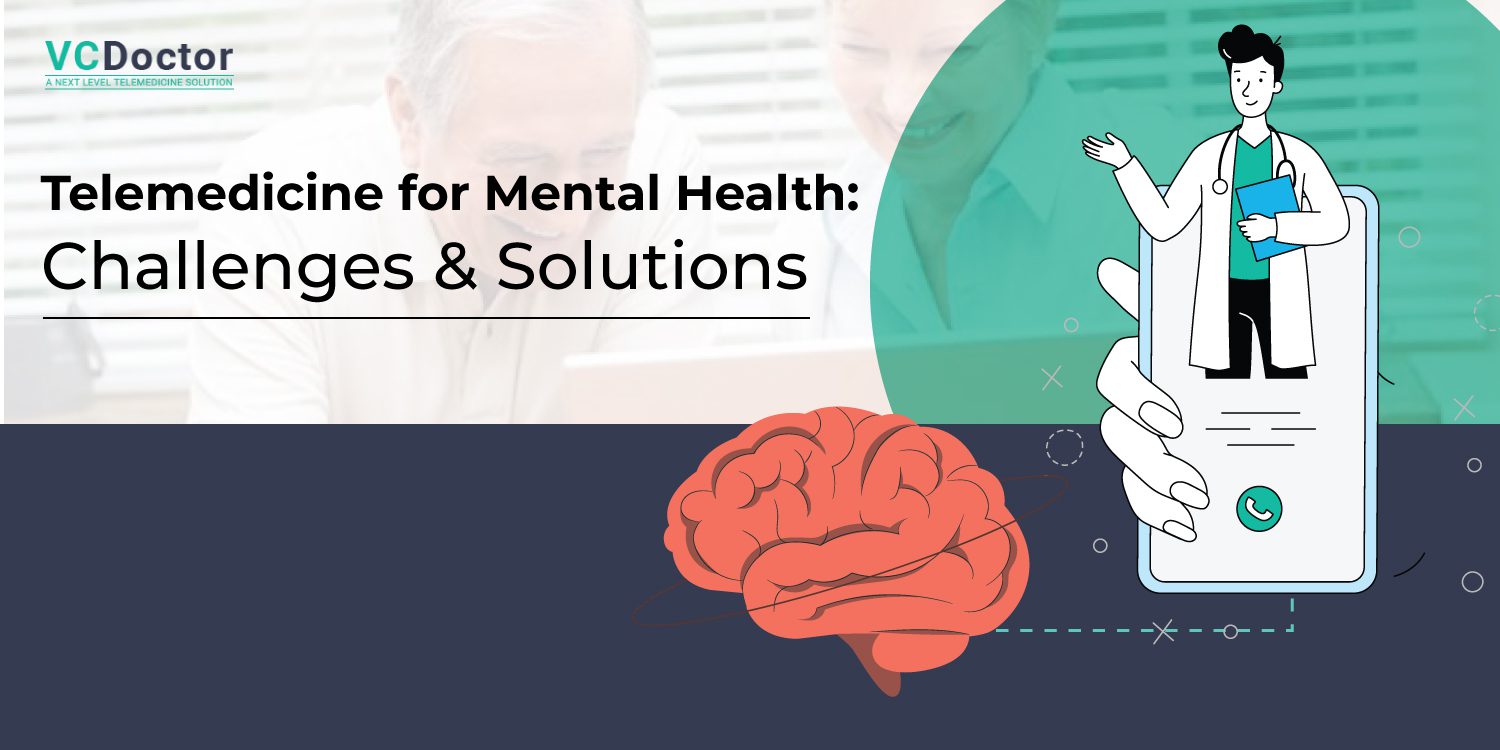Defining telehealth and telepsychiatry
Telemedicine has emerged as an innovative approach to providing mental health support. Virtual therapy sessions, online support groups, and text messaging-based interventions have become the norm, allowing people to receive the care they need while maintaining physical distance.
Telehealth, or telemedicine, refers to the use of technology to provide healthcare services remotely. This can include virtual consultations, remote monitoring of vital signs, and other forms of remote care.
Telehealth and telepsychiatry have grown in popularity recently as an option to deliver care to those who might not have it otherwise due to location constraints, disabilities, or other reasons. Patients can now book appointments at times that are more convenient and flexible for them thanks to technology, potentially reducing wait times and overall healthcare costs.
A review of 20 studies found that telepsychiatry was effective in reducing hospitalisations, easing symptoms, and increasing treatment compliance. Telepsychiatry has been demonstrated to be more successful than traditional therapy for individuals with depression and anxiety, and it is also associated with greater patient satisfaction.
Even with these encouraging results, offering telemedicine services for mental healthcare still has its difficulties. These include difficulties with licensing and payment, restrictions on technology, and worries about patient confidentiality and privacy.
Examining the evidence base for using telehealth in mental healthcare
An in-depth review of 92 studies revealed that telepsychiatry was just as effective as in-person therapy for a range of mental health conditions, including anxiety, depression, and post-traumatic stress disorder. According to other research, telemedicine can improve patient satisfaction and engagement, increase access to care, and minimise the stigma associated with obtaining mental health treatment.
Furthermore, telemedicine has demonstrated to be especially helpful in supporting marginalised populations, such as those who live in rural locations, have difficulty getting around or accessing transportation, and have restricted access to mental healthcare.
The evidence supporting the use of telehealth as a practical and efficient method of providing mental healthcare to a wider spectrum of people in need is, in general, expanding and supports the use of telemedicine in mental healthcare.
Why is there a need for virtual mental health support?
In numerous parts of the world, there is a rising lack of mental health professionals, which causes lengthy wait times and limited ability to care for individuals who need it. In addition, receiving treatment for mental health problems still carries a stigma that may keep some people from using conventional in-person treatments. An easy-to-use substitute that can help lower the obstacles to getting treatment is online mental health support. With the development of technology, it has becoming easier and easier to communicate with mental health professionals online via videoconferencing, texting, or other electronic means.
Virtual consultations may reduce the need for costly office space, while patients may save on travel costs and time away from work.
Finally, regulations and reimbursement policies must be established to ensure that virtual mental health support is covered by insurance and available to those who need it most.
What are the challenges of providing telehealth services?
While telemedicine has proven to be effective in many aspects of healthcare, there are unique challenges when it comes to providing mental health support virtually.
- The problem of patient privacy and confidentiality is one of the main difficulties. Patients want to be sure that their personal information is kept private when they seek mental health services. To ensure that all patient information is kept private, healthcare providers must use security safeguards and encryption techniques.
- Another issue is that some patients may not have access to technology, particularly those who reside in distant places or may not have the money to purchase a computer or smartphone. As a result, there is a problem with unequal access to healthcare, which may contribute to gaps in mental health among those from disadvantaged backgrounds.
- Additionally, mental health providers need to have telemedicine technological training in order to provide high-quality care online. They still need to develop strong therapeutic connections and learn how to recognise non-verbal cues even if they are not physically present with their patients.
- Last but not least, getting paid for telehealth services can be very difficult. A financial barrier may be created for individuals who may need virtual mental health services the most as many insurance companies do not cover them.
How can we overcome these challenges?
While telemedicine for mental health presents several challenges, there are several innovative approaches that can help overcome them.
1. Increasing Access to Technology:
One of the biggest barriers to telemedicine for mental health is access to technology. To address this, providers can partner with community organizations and offer financial assistance to those who cannot afford equipment or internet access.
2. Developing Robust Policies and Procedures:
To ensure safe and effective care, it’s important to develop robust policies and procedures. This includes establishing guidelines for emergency situations, establishing consent and privacy protocols, and defining roles and responsibilities of all parties involved in the telemedicine process.
3. Providing Appropriate Training for Providers:
Another challenge is ensuring that providers have the necessary skills and training to effectively deliver telemedicine services. Providers should be trained on how to use technology effectively and should have access to ongoing training to stay up-to-date on the latest telehealth practices.
4. Ensuring Effective Communication:
Effective communication is critical in telemedicine for mental health. Providers should use video conferencing platforms that provide clear video and audio, have appropriate privacy and security protocols, and provide tools for effective communication, such as virtual whiteboards and instant messaging.
5. Emphasizing Patient Engagement:
Patients may feel disconnected from care during telemedicine sessions, so providers should take steps to actively engage them. This includes taking time to explain the process and address any concerns, using open-ended questions to encourage patient participation, and encouraging patients to share their thoughts and feelings throughout the session.
Conclusion
While telepsychiatry and telemedicine for mental health have been in existence for several years, their usage has seen a dramatic increase over the past year. The advantages of telehealth for mental health support are significant, particularly for those in rural or remote areas or for those who are physically disabled or have mobility issues. However, the development of technology, such as virtual reality and chatbots, shows promise in overcoming these challenges and further enhancing telehealth provision.
As we move forward, it is essential to ensure that telehealth for mental health support is accessible to all, including vulnerable and disadvantaged populations. There is also a need for continued research to improve telehealth outcomes, assess its efficacy, and establish standards for its implementation.

































